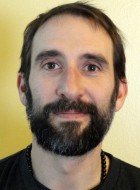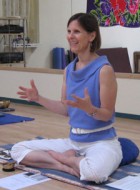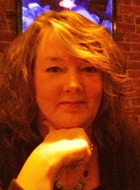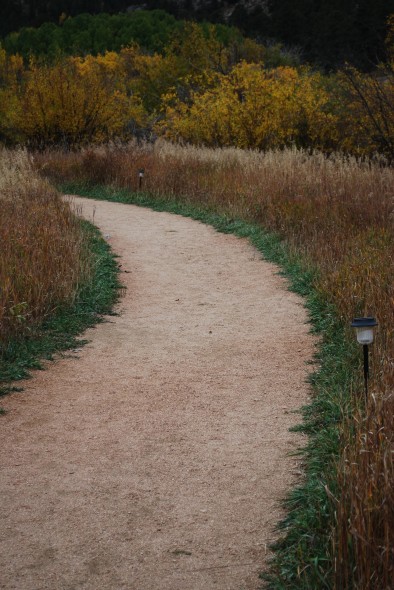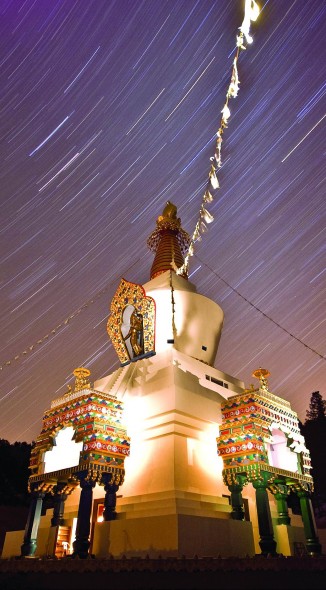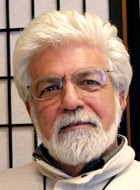 The problem-child veggie, deserves props for being sustainable, hearty, local, and very affordable. It comes around when more sexy juicy veggies have long gone dormant. Often victimized and typecast by rote preparations, it can substitute as a starch or a vegetable when needed. Squash is one of our more versatile ingredients — it has hidden talent and nuances, via an uncanny ability to create a subdued flavor base and/ or amplify its natural sweet/ savory basic flavor profile via roasting, or it can be a flavor sponge soaking up complimentary tastes.
The problem-child veggie, deserves props for being sustainable, hearty, local, and very affordable. It comes around when more sexy juicy veggies have long gone dormant. Often victimized and typecast by rote preparations, it can substitute as a starch or a vegetable when needed. Squash is one of our more versatile ingredients — it has hidden talent and nuances, via an uncanny ability to create a subdued flavor base and/ or amplify its natural sweet/ savory basic flavor profile via roasting, or it can be a flavor sponge soaking up complimentary tastes.
The recipe below is part 1 in a 3-part series of squash recipes. Stay tuned for parts 2 and 3!
Squash Veloute
This is a rich, yet subtle soup that stands up well to variations and add-ons (kale, caramelized onions, fresh herbs come to mind.)
1 cup diced onion
½ cup diced celery
½ cup diced turnip
2/3 cup roasted red pepper
1 tsp thyme
3 acorn squash
¼ cup extra virgin olive oil
1 cup veggie stock
1 ½ cups heavy cream
1 cup grated asiago
6 sage leaves coarsely chopped
Pepita’s or roast squash seeds for garnish
Method: Preheat oven to 450. Halve squash lengthwise, scoop out seeds, brush with olive oil, season with salt and pepper. Set in roasting or sheet pan lined with parchment paper, face down. Roast for 25 minutes. Sauté’ onion, carrot, turnip in oil until translucent, season gently with salt, pepper and thyme. Add roasted red peppers; continue to sauté on low adding a splash of stock to deglaze as needed. Once squash is roasted, scoop out with a spoon and add to sauté along with stock. Bring to a simmer; let it gently cook for 15-20 minutes. Blend soup with either burr mixer or by whisking rapidly. Once soup has a pleasingly creamy consistency, add cream and asiago while stirring over low heat. Once heated through, finish with sage. Serve in warm bowls, garnish with seeds.
Coming up next:
February – Squash Cups: Pt. 2
March – Squash and Broccolini Salad: Pt. 3









